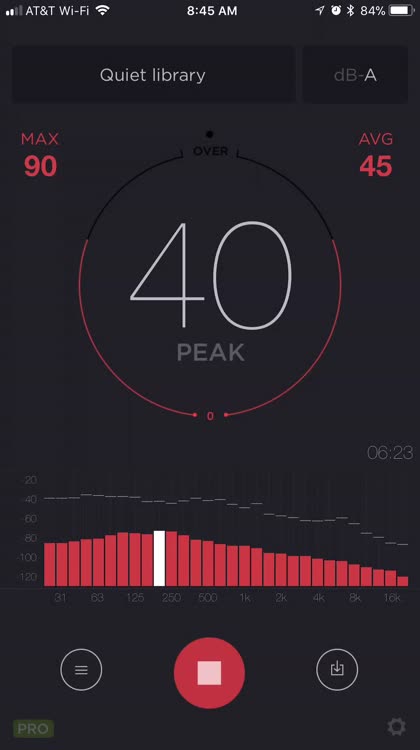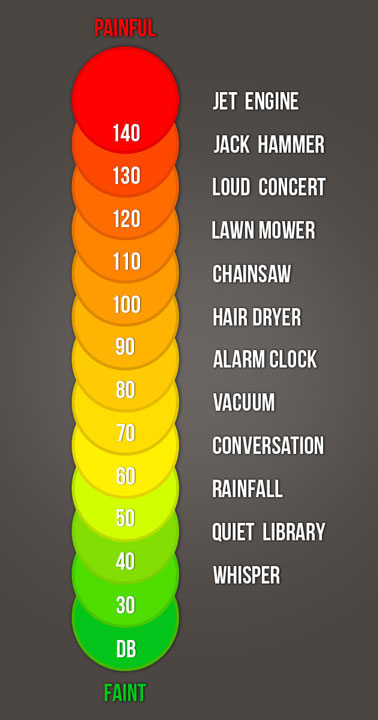
Finally, we multiply the resulting value by either 10 or 20 (depending on what we are measuring) and we have expressed our initial value in decibels! Because matters of scale tend to follow exponential rules, this operation makes these values much more manageable. After dividing by the reference, we take a logarithm, an operation which turns exponentially spaced values into linearly spaced ones. To find the decibel value for a given measurement, we must first take a ratio of that quantity with what is known as a “reference.” With all measures of scale, it is a matter of comparison, and the reference value is simply what we are comparing our current measurement to. In many ways, the decibel is the unit that best handles data whose magnitude varies greatly. We talked about how the wavelengths of sound cover a wide range of scales, and how it is the relative size of an object compared to that wavelength that determines its impact on sound. In a previous article we talked about the concept of scale, and how it relates to wavelength.

Since that time, the decibel has been adopted in many different fields, notably acoustics. Originally used to measure power loss in telecommunication systems, this unit was valuable because it transformed the laborious task of multiplying losses from different portions of the system into a problem of simple addition. The decibel was first invented by Bell Laboratories in the 1920’s. We will also talk about how adopting a metric like the decibel can change the way we interact with the world. Today, we are going to look a little more at acoustic pressure, and one of the most valuable units for measuring sound: the decibel. Last time, we discussed the concepts of equilibrium and acoustic pressure, and how almost any variation around equilibrium can bear a striking resemblance to the behavior of sound.

Welcome to the fifth installment of The World Through Sound.


 0 kommentar(er)
0 kommentar(er)
